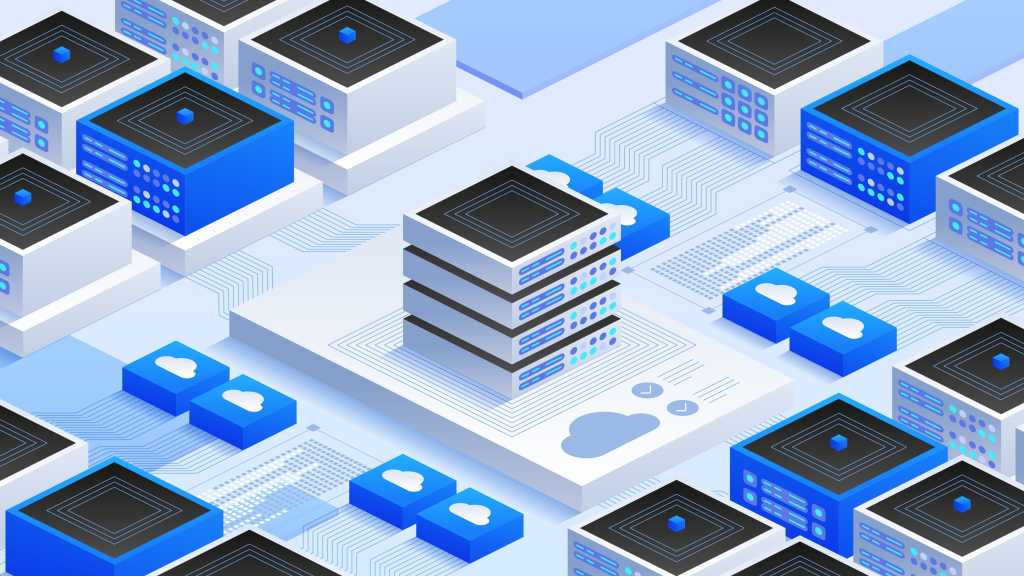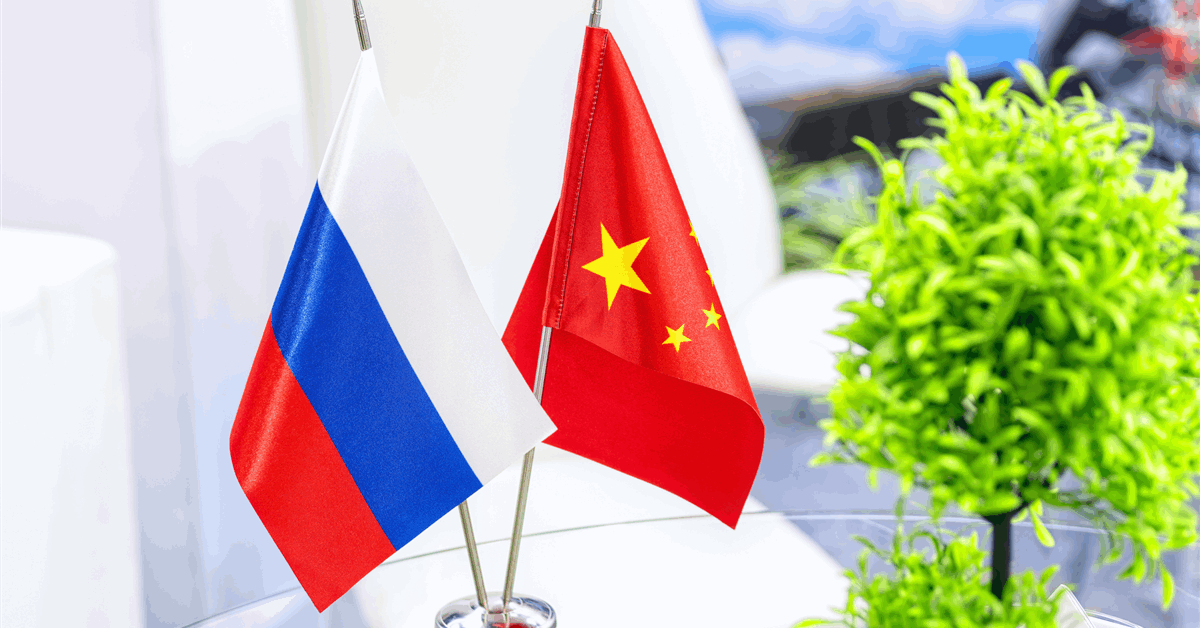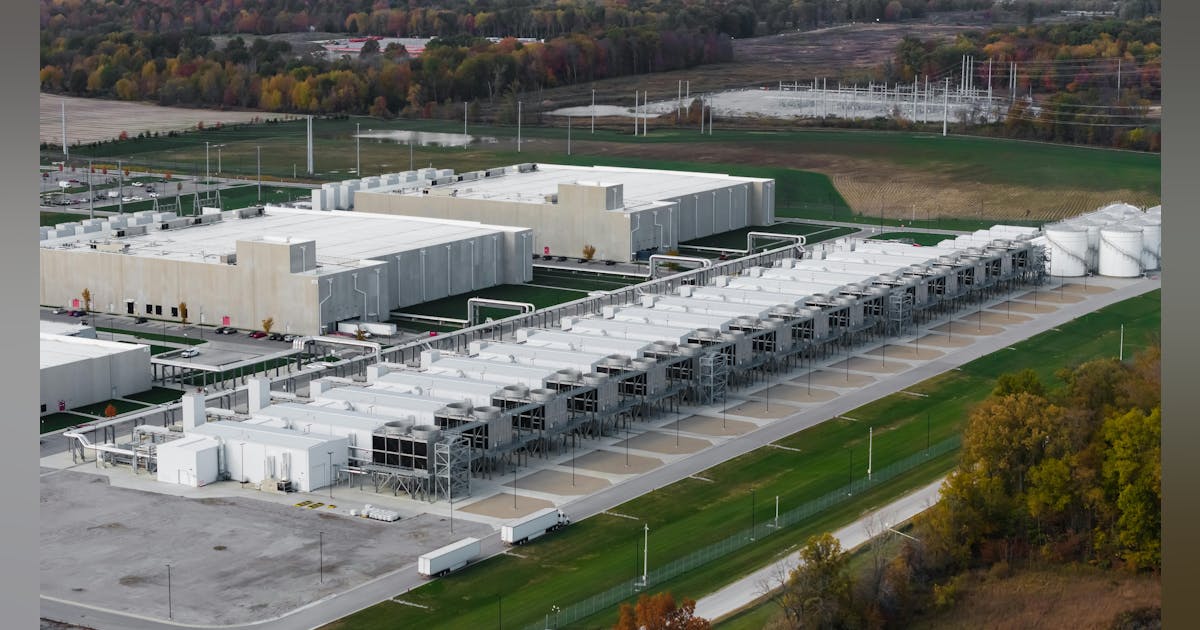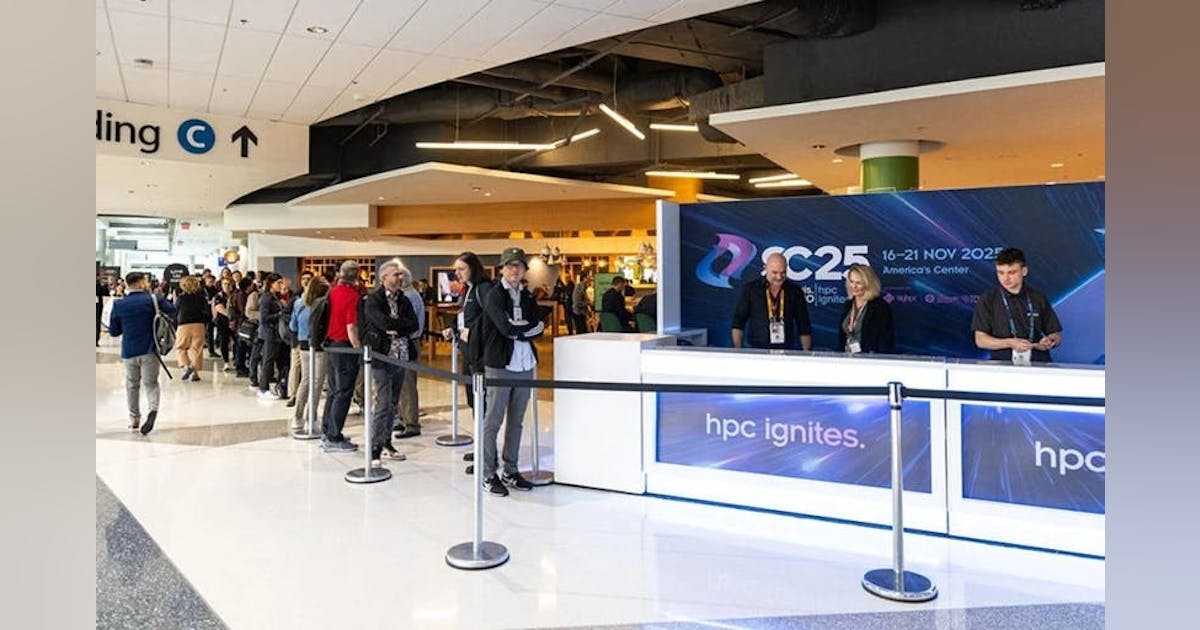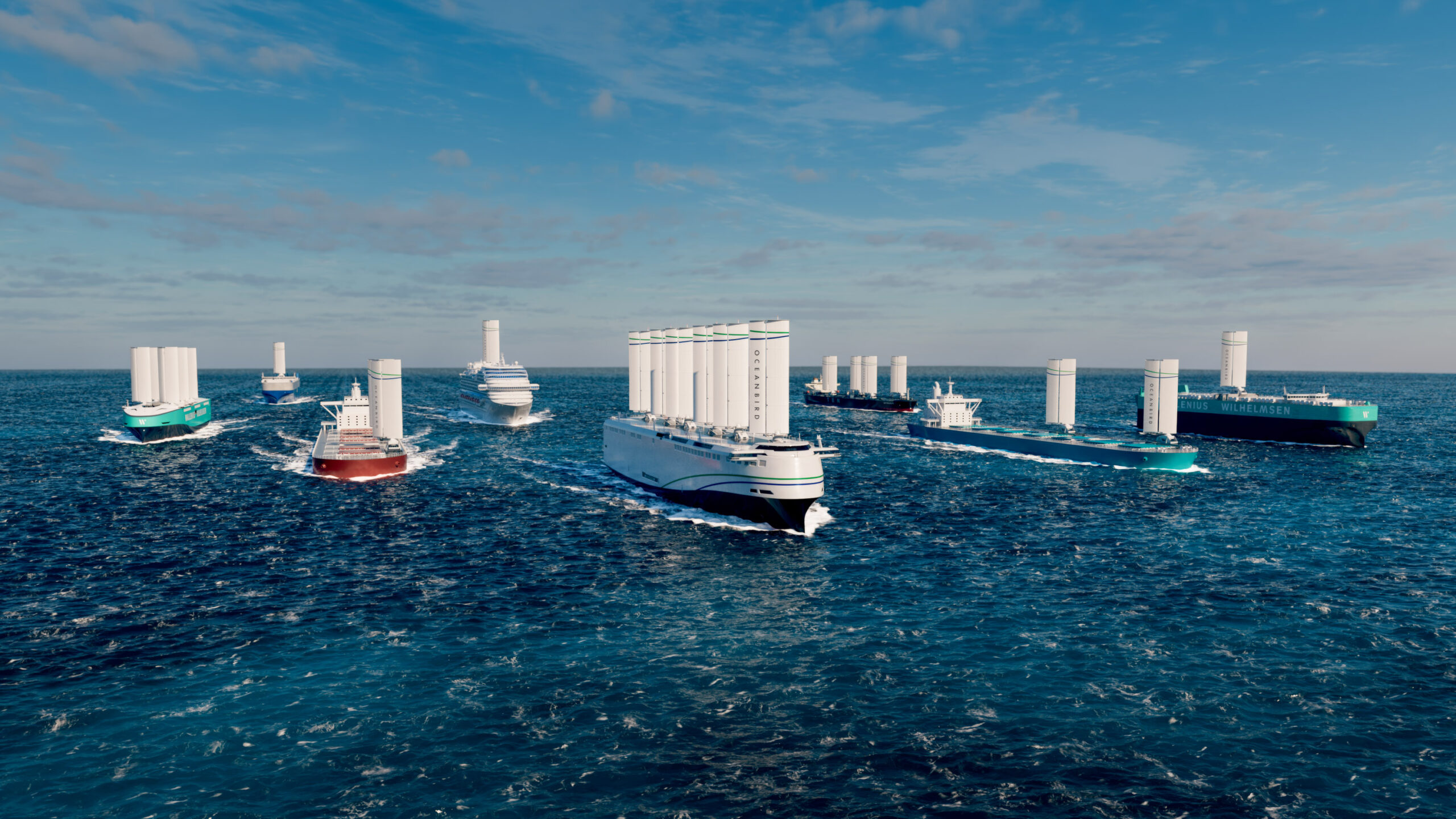Morson Group has expanded its portfolio with the acquisition of Orange Solutions, a Manchester-based safety and control systems engineering firm.
The group confirmed that Orange Solution’s founder and managing director, Tony Hynes, will retain his position ” along with the company’s experienced team of engineers.”
Morson told Energy Voice that it is looking to create more than 10 jobs at the firm over the next year and that its “intention is to increase the footprint” of Orange Solutions in the UK and overseas. Currently, Orange Solutions has one base in Irlam.
The deal, agreed for an undisclosed sum, brings Oange Solutions under the group’s engineering division which includes Morson Projects, Waldeck and Ematics.
Morson claims that the work of Orange Solutions will complement fellow Manchester firm Ematics.
Orange Solutions is already well acquainted with its new owners, having worked with Ematics and Morson Projects on “a number of past and current projects,” Morson Group wrote.
Morson Group chief executive, Ged Mason commented: “The synergy between Orange Solutions’ track record and client base, and our Ematics business will enable us to offer clients even more expertise from within the Morson Group, with additional capacity and capabilities to resource projects effectively.”
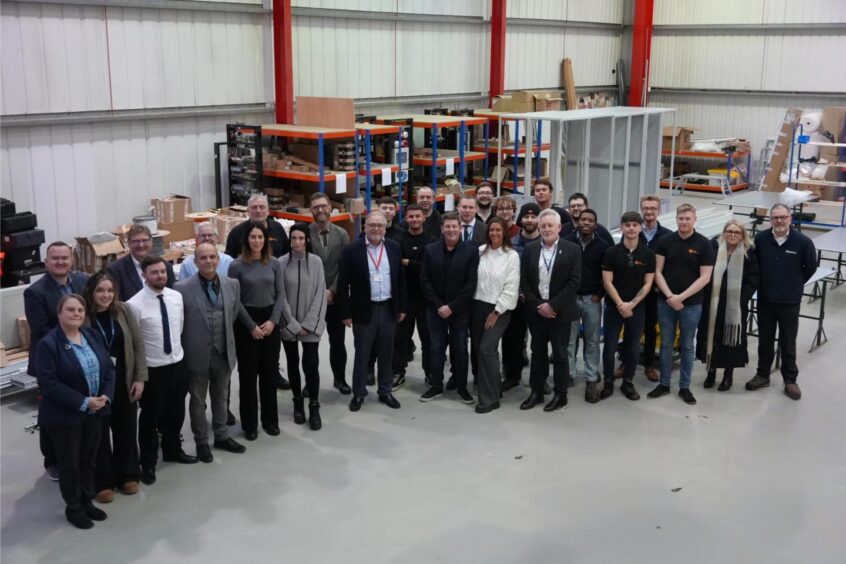 © Supplied by Morson Group
© Supplied by Morson GroupOrange Solutions has worked across oil and gas operations, renewables projects and transmission line rollout.
Hynes added: “Orange Solutions has grown by providing the knowledge and experience needed to deliver complex projects on time.
“With so much potential in our sectors, the time was right for us to seek a strategic partner that can support our continued growth. The synergy and existing relationship with Morson, which is based locally to our existing HQ, made them an ideal fit.”
The firm has operated in the oil and gas sector for 20 years offering services in fire, gas and emergency shutdown systems.
Hynes continued: “As part of the Morson Group, we will continue to build on our reputation, while enabling our clients to tap into the 1,200 engineers employed across Morson’s engineering division.”
In addition to his firm’s familiarity with Morson, Hynes has worked with associate director of the group’s power and control division, Paul Ward in the past.
The pair worked together at Tyco Control Systems with a two year overlap between 2002 and 2004.
Ward commented: “The knowledge, skills and experience offered by Orange Solutions are in high demand, thanks to increasing use of automation across a wide range of industries, along with the need to control extremely complex systems and manage safety.”



